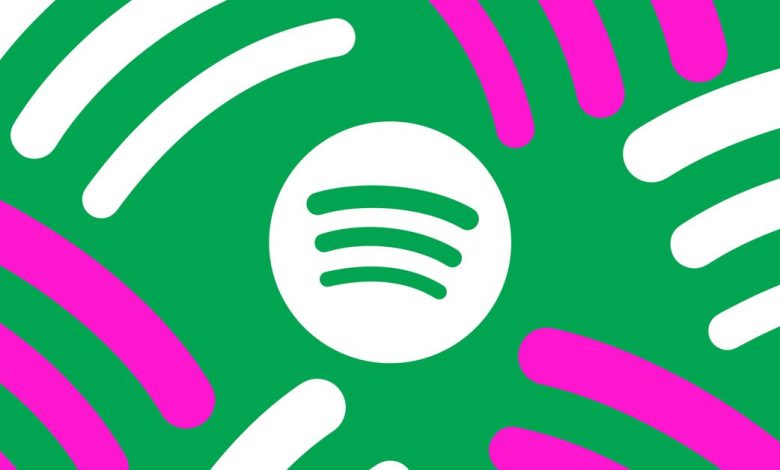Spotify is reportedly making major changes to its royalty model

[ad_1]
Big changes are coming to Spotify’s royalty model, according to Music Business Worldwide (MBW). If and when they are implemented in early 2024, it will raise the bar for who gets paid from music streaming on the platform — and direct more money to major labels and artists.
Two of the three proposed changes should be relatively uncontroversial. According to the report, Spotify will fine music distributors (including labels) for fraudulent activity detected on their tracks. Streaming fraud is pretty widespread, and a crackdown is long overdue. The second change will raise the minimum length of play time for noise tracks (background noise like rain, static, etc.) before they start earning royalties. Currently, any track that gets played for more than 30 seconds starts earning royalties, and many noise creators have gamed the system by breaking the noise up into short (even 31-second-short) tracks. MBW’s report did not specify how long the new minimum would be.
The biggest reported change, and the one that is already garnering criticism, is a minimum threshold of annual streams for a track before it starts earning royalties. In this scenario, a track would have to earn 5 cents per month in order to be paid or, as MBW estimated, about 200 streams per year. Many indie tracks don’t hit this threshold, and so the pennies those artists would otherwise earn will be diverted to Spotify’s “streamshare” pool. That may not sound like a lot of money, but one source told MBW that, when multiplied over the many, many low-play tracks on the streamer, it accounts for tens of millions of dollars. That would instead get distributed to larger artists, who’d get a bigger share of the pooled money.
Other streamers have attempted to revise their royalty models of late, and with wildly different approaches. SoundCloud, which is geared specifically toward indie artists, introduced a user-centric model, which distributes payments based on the number of streams rather than an artist’s share of overall listening. Deezer made waves last month when it made a deal with Universal Music Group to pay out more to popular artists than independent creators in a way that is even more overt than what Spotify is trying to do. But as the most popular music streamer in the world, Spotify’s decisions carry more weight.
The argument for Spotify’s strategy is that much of these micropayments gets caught up in the distribution pipeline and rarely lands in the pockets of artists anyway. And Spotify would not be the first streamer to put a minimum on monetization — YouTube creators can only start making money through ads once they amass 1,000 subscribers and 4,000 hours watched over the course of a year. But critics say the company is doing a reverse Robin Hood, taking from the humbler indie artists and giving their earnings to the bigger players.
“Right now, streams and revenue are effectively synonymous, but by this time next year, they will mean very different things,” wrote music industry analyst Mark Mulligan. He argues that, in this new system, smaller artists “will be othered, their revenue becoming a new black box for the biggest artists to share between themselves.”
There is also an entire industry built around DIY artists based on the promise they will be paid for their work. Platforms like Tunecore, DistroKid, and CD Baby may have a harder sell on their hands if the number one music streamer in the world has raised the bar on who gets paid.
Spotify has not yet confirmed these plans. “We’re always evaluating how we can best serve artists, and regularly discuss with partners ways to further platform integrity,” Spotify spokesperson Chris Macowski said in a statement to The Verge. “We do not have any news to share at this time.”
[ad_2]




